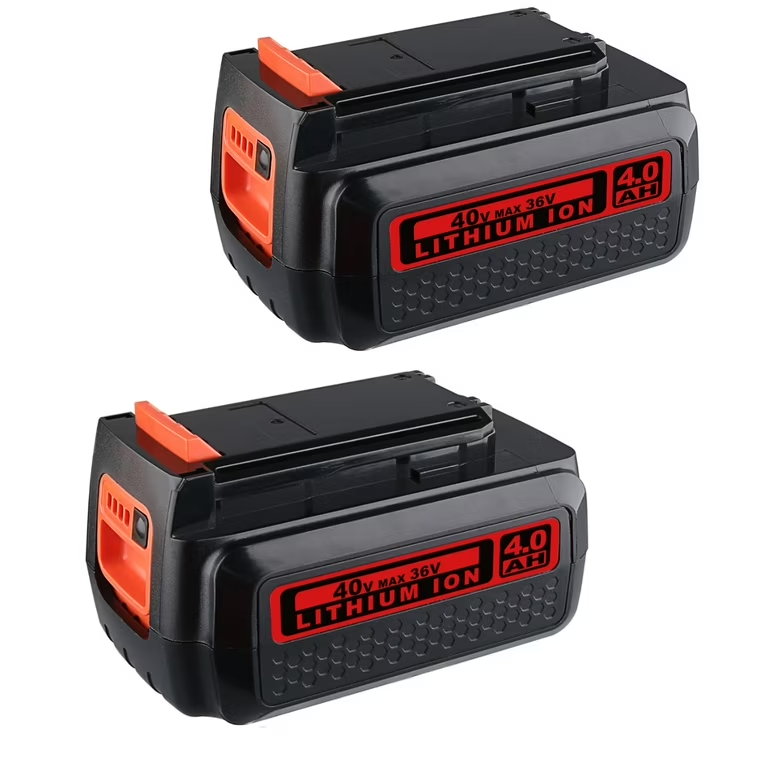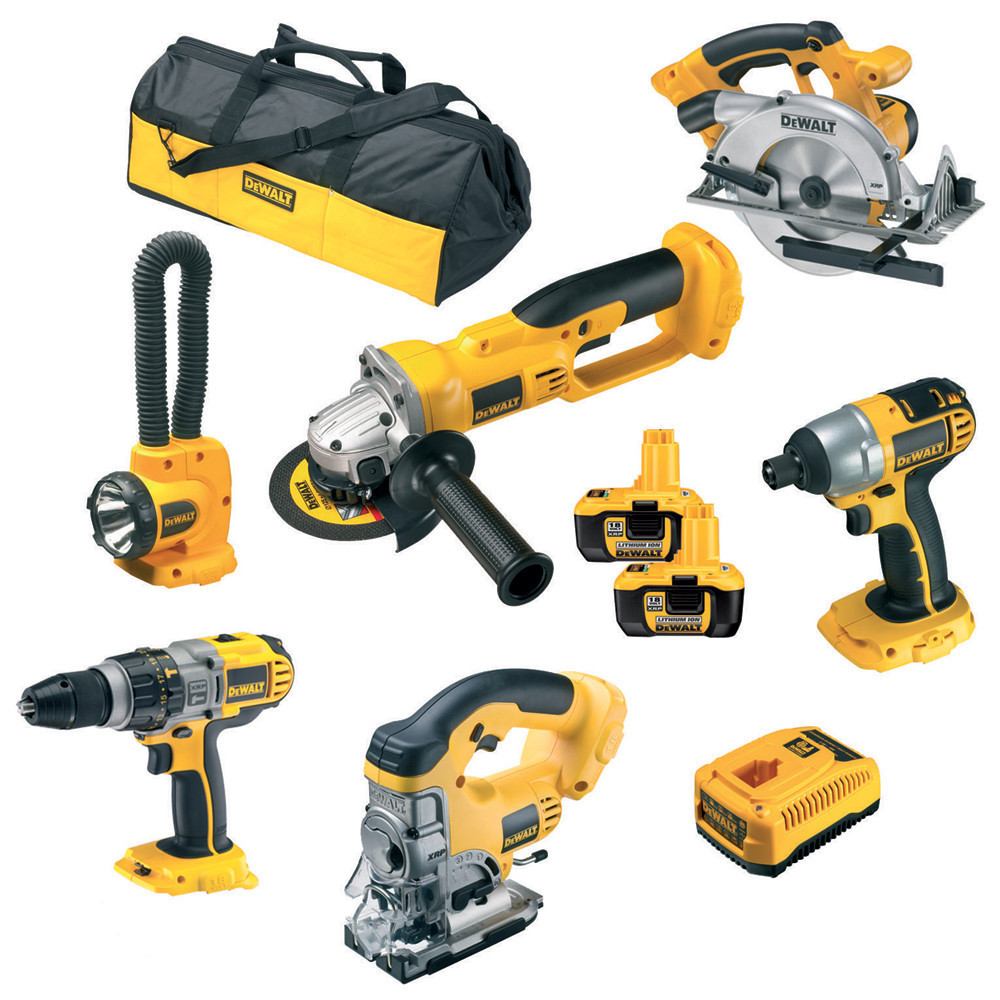
DIY Guide: Building a Power Tool Organizer
Introduction to Power Tool Organizers
In every workshop, efficiency and safety hinge on organization. A well-crafted power tool organizer is not a luxury; it’s a necessity. Understanding how to build a power tool organizer is vital for DIY enthusiasts. It streamlines your workflow and protects your investment in tools.
The rationale for an organizer goes beyond mere tidiness. It’s about creating a dedicated space for each tool, which saves on search time. Additionally, it minimizes the risk of damage to both tools and your workspace. But where does one start?
Embarking on this DIY project may seem daunting, but it need not be. With a proper guide on how to build a power tool organizer, the process becomes straightforward. This project entails gathering materials, planning, measuring, cutting, assembling, and customizing to your specific needs.
Stay with us as we delve into the essential materials you will need for this project. We will also go through a detailed step-by-step building process to ensure your power tool organizer is sturdy, functional, and tailored to your workspace. Moreover, we offer tips on maintaining and expanding your storage solutions to continue getting the best from your workspace.
Whether you’re a seasoned woodworker or just starting, this guide will provide you with the necessary steps and tips to craft a power tool organizer that suits your space and organizes your tools effectively.
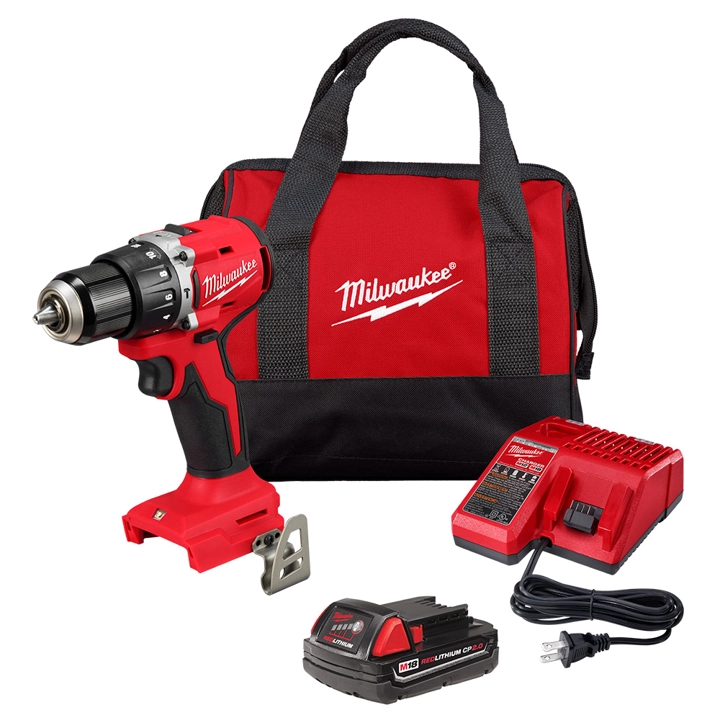
Essential Materials Needed
When setting out to learn how to build a power tool organizer, getting the right materials tops the list. The materials you select will impact the organizer’s durability, cost, and appearance.
Let’s break down the essentials:
- Wood: It forms the base and the body of your organIzer. Choose a wood that withstands wear and offers sturdiness.
- Hardware: This includes screws, nails, and brackets. Opt for quality hardware that can take the weight of your tools.
- Finishing Supplies: Consider paint or sealant to protect the wood and enhance its look.
- Tools: You will also need basic tools such as a saw, drill, screwdriver, hammer, and measuring tape.
Before diving into building, make sure to gather all these materials. Preparing everything upfront will streamline the building process and prevent unnecessary interruptions.
Choosing the Right Wood
Wood choice is critical. How to build a power tool organizer?For a power tool organizer, you want wood that is both strong and easy to work with.
Consider these options:
- Plywood: Cost-effective and easy to cut. It’s also fairly durable.
- Hardwood: Such as oak or maple, offers more durability and a premium look. It’s, however, more costly.
- MDF (Medium Density Fiberboard): An affordable alternative to plywood with a smooth surface, though less resistant to moisture.
Think about the tools you’ll store and the environment. Will it be in a damp area? Are the tools heavy? Answers to these questions will guide your wood selection.
Selecting Durable Hardware
Hardware ensures your power tool organizer stays together, so don’t skimp on quality. Here are types of hardware to look for:
- Screws: Choose corrosion-resistant screws such as stainless steel or coated options.
- Brackets and Hinges: These should be heavy-duty to support the shelves and drawers.
- Drawer Slides: If your design includes drawers, pick slides that can handle the weight and frequent use.
Selecting the appropriate hardware is key to an organizer that is secure, functional, and that lasts long.

Step-by-Step Building Process
Embarking on building a power tool organizer calls for careful planning and meticulous execution. Here’s how to proceed, step by step, for a successful DIY project.
Planning Your Design
Every successful project starts with a solid plan. Sketch out your design, keeping in mind the size of your workspace and the tools you intend to store. Think about the height, width, and depth that will make the organizer functional without it being cumbersome. Ensure your plan includes appropriately spaced shelves and holders for each tool category.
Cutting and Assembling the Pieces
Once your design is set, begin by cutting the wood to the measured sizes. Use a saw for clean cuts. After cutting, it’s time to assemble the pieces. Start with the frame, using your drill and screws to put it together. Follow with the main compartments, using brackets where necessary for additional support.
Installing Shelves and Holders
Now, attach the shelves and tool holders to the structure. Ensure that the shelves are level and secure them with screws. For the holders, consider the type and size of tools they need to accommodate. Use heavy-duty hardware to withstand the weight of the tools. This step crucially keeps your tools accessible and in place.
Customizing Your Organizer
Creating a power tool organizer that meets your particular needs is the key to maximizing its usefulness. Customization can turn a good organizer into the perfect storage solution for your space and habits. Here are ways to tailor your organizer for greater functionality.
Adding Drawers and Bins
Drawers and bins boost your organizer’s versatility by accommodating different tool sizes and types. They also help keep smaller items tidy and prevent them from getting lost. Here’s how you can add them:
- Determine the size and number of drawers or bins you need based on your tools.
- Install drawer slides for smooth operation. Remember, they must carry the weight of your tools.
- Build or purchase bins and drawers, then place them in designated sections of your organizer.
- Label each drawer and bin, so you know exactly where every tool belongs.
Add these storage options to ensure every tool, screw, and accessory has a home.
Incorporating Charging Stations
For battery-operated tools, having a charging station within your organizer is incredibly useful. It helps ensure all your tools are charged and ready to go. When incorporating charging stations, consider these tips:
- Select a spot that’s convenient but away from any dust or wood shavings.
- Ensure that there’s enough space for the charger bases and cables.
- Include a power strip to plug in multiple chargers.
- Keep safety in mind by avoiding any overcrowding of outlets or tangling of cords.
By adding charging stations, you enhance your organizer’s functionality and keep your tools powered up and ready for action.
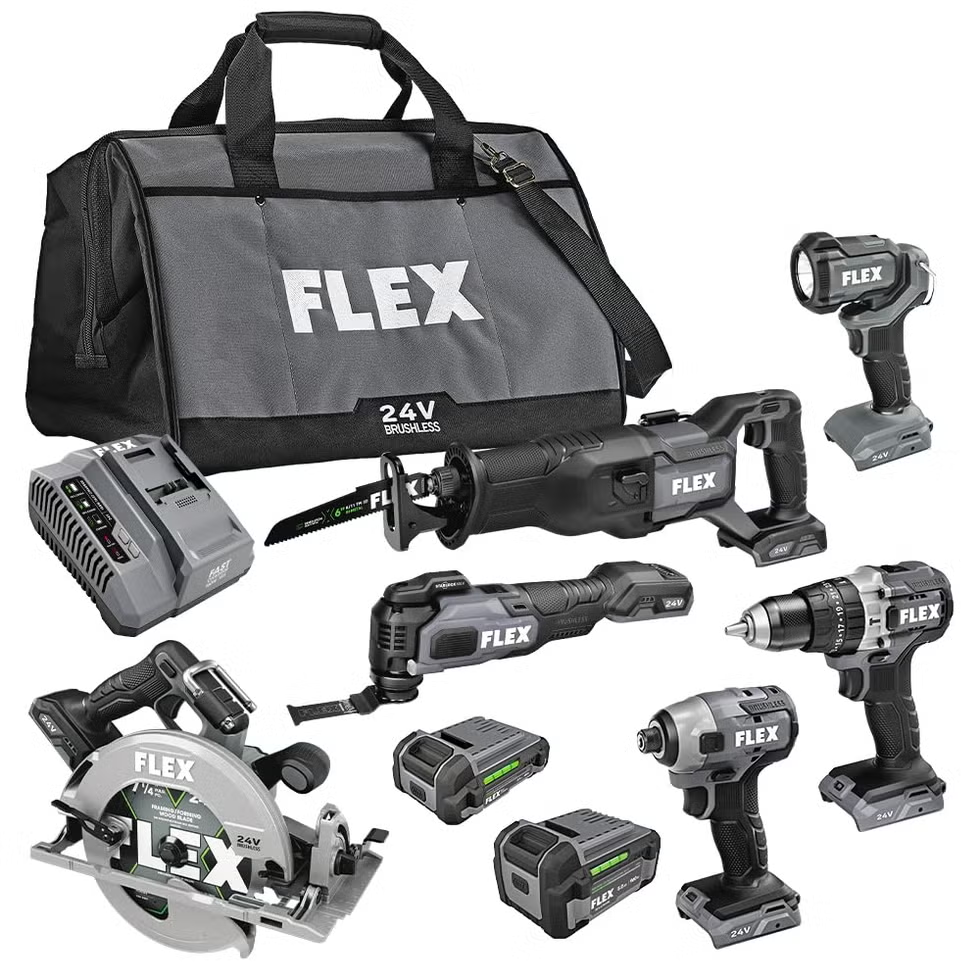
Installation Tips and Tricks
Securing the Organizer to a Wall
Securing your power tool organizer to a wall enhances its stability and safety. It’s a straightforward process once you know how. Firstly, locate the studs in the wall using a stud finder. These will provide strong support for the organizer. Next, measure and mark where you will attach the organizer to ensure it’s positioned correctly. Use heavy-duty screws and a drill to secure the organizer to the studs. Be sure to use the appropriate wall anchors if the studs do not align with your plan.
Maximizing Space Efficiency
When installing a power tool organizer, efficient use of space is essential. Start by assessing the tools you need to store. Arrange the organizers vertically if space is scarce. Use the full height of the wall to fit more tools without expanding the footprint. Design the organizer with adjustable shelves and hooks. This allows for customization according to tool size and shape. Place frequently used tools at arm’s reach, and less used tools higher up or lower down. By implementing these tips, your space remains functional and uncluttered.
Maintenance and Upkeep
Keeping your power tool organizer in top shape requires regular maintenance. This includes routine checks, repairs, cleaning, and organizing. Proper upkeep helps extend the life of your organizer and ensures tools are always ready for use.
Routine Checks and Repairs
Regular inspections help you catch issues before they worsen. Check for loose screws or wobbly shelves monthly. Tighten or replace hardware as needed. Examine wood surfaces for splits or warps. Repair these promptly to avoid further damage. Keep an eye on the overall stability of the organizer.
Cleaning and Organizing Tips
Dust and debris can accumulate, making the organizer less efficient. Every few weeks, empty the organizer and wipe down all surfaces. Use a damp cloth for cleaning and a dry one to finish. Avoid harsh chemicals that could damage wood or hardware.
Organize tools after each use. This habit prevents loss and damage. Label drawers and bins clearly. This step ensures every item has a specific place, reducing clutter and saving time.
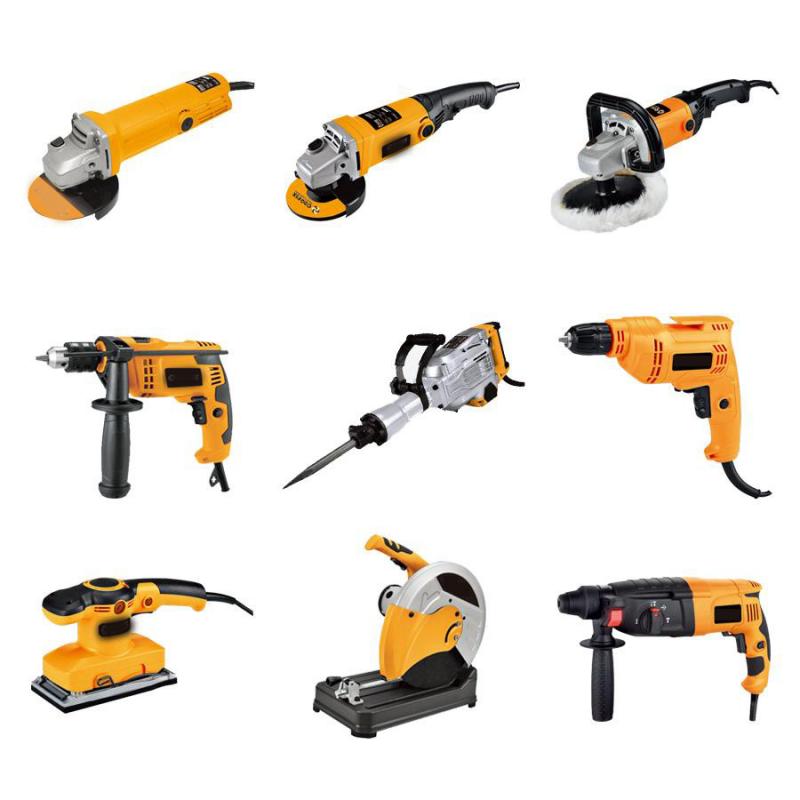
Expanding Your Storage Solutions
Once you’ve built a basic power tool organizer, you may find the need for more space as your tool collection grows. Considering ways to expand your storage solutions is important for maintaining a tidy and efficient workspace. Here, we’ll explore ideas that can complement your existing setup and provide additional storage for new tools and accessories.
Ideas for Additional Modules
Adding modules to your existing organizer can significantly increase storage capacity. Here are some ideas:
- Vertical Extensions: Add height to your organizer with shelving units that stack overhead.
- Pegboards: Install a pegboard for hanging tools, which can be reconfigured as needed.
- Tool Carts: Consider a mobile tool cart that can be stored under a workbench when not in use.
- Wall-Mounted Racks: Use racks to hang larger tools or cords, keeping them off the floor.
When thinking about how to build new modules, match them to your current organizer’s style for a cohesive look.
Integrating Other Storage Solutions
In addition to building more modules, you can bring in ready-made storage solutions. Here’s how you might integrate them:
- Bins and Containers: Use them for small parts and label each one.
- Freestanding Shelves: Stand-alone shelving units can hold less commonly used items.
- Hooks and Clips: Attach them to your organizer or walls to hang items like helmets or ear protection.
- Magnetic Strips: Place these for holding metal tools or bits within easy reach.
Remember, the key to a functional workshop is not just how to build a power tool organizer, but also how to adapt and integrate additional storage as needed.

